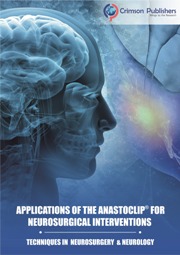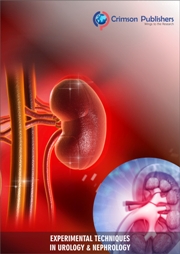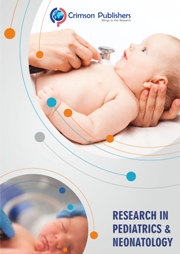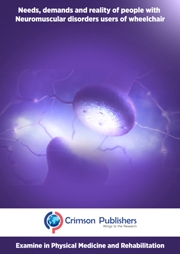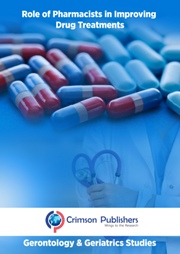- Submissions
Measurement of Raman Spectra for Surfactants Contained in a Textile Detergent Product and Three House Washing Detergent Products
Author by: Katerina Chryssou* And Eugenia Lampi
Article Type: Research Article
Published: February, 2022
DOI: 10.31031/ACSR.2022.03.000553
Journal Name: Annals of Chemical Science Research
Abstract: Four common use detergent products were analyzed and their soluble-insoluble matter ethanolic 95%w/v was determined. Their soluble matter ethanolic was used to acquire their Raman spectra. Their pH values at 298K were measured also. Several Raman bands were related to –C-C- skeletal stretching vibrations in the region between 1000cm-1 and 1150cm-1, and a peak at 1430cm-1 was related to δ(CH2) deformation for the first detergent product. A band at 1290cm-1 was related to the -SO4 stretch for the surfactant lauryl sulphate. For the alcohols C12-14 ethoxylated sulphated sodium salts in the second detergent product the 1440cm-1 peak was attributed to C-H scissoring. The 1060cm-1 peak was corresponded to –C-C- skeletal stretching of the saturated fatty acid present also. The presence of the aromatic group in the surfactant benzene sulphuric acid C10-13 alkyl derivatives sodium salts was identified at 1615cm-1 in the Raman spectrum of the third detergent product. In the spectrum of the fourth detergent product a peak at 1300cm-1 was attributed to in-phase methylene twisting deformation vibration of the fatty acid sodium oleate. Also, the peaks at 1730cm-1 and at 1270cm-1 were attributed to sodium oleate. Then the alcohols ethoxylated Raman spectrum changes with pH were studied and shifting to longer wavelengths was observed for the second detergent product due to less coupling of the –C-C- stretching vibration to the –C-O- stretching vibration. The ratio of the intensities of anti-Stokes to Stokes lines was found to increase as the temperature increased for 20K for Raman scattering with the 1064nm excitation. Finally, the dissociation energy Do of the bond –C-C-O- in the alcohol C13-15 ethoxylated in the first detergent product was determined to be 386.148449cm-1, or 0.04787507086eV using the Birge-Sponer extrapolation
 a Creative Commons Attribution 4.0 International License. Based on a work at www.crimsonpublishers.com.
Best viewed in
a Creative Commons Attribution 4.0 International License. Based on a work at www.crimsonpublishers.com.
Best viewed in 


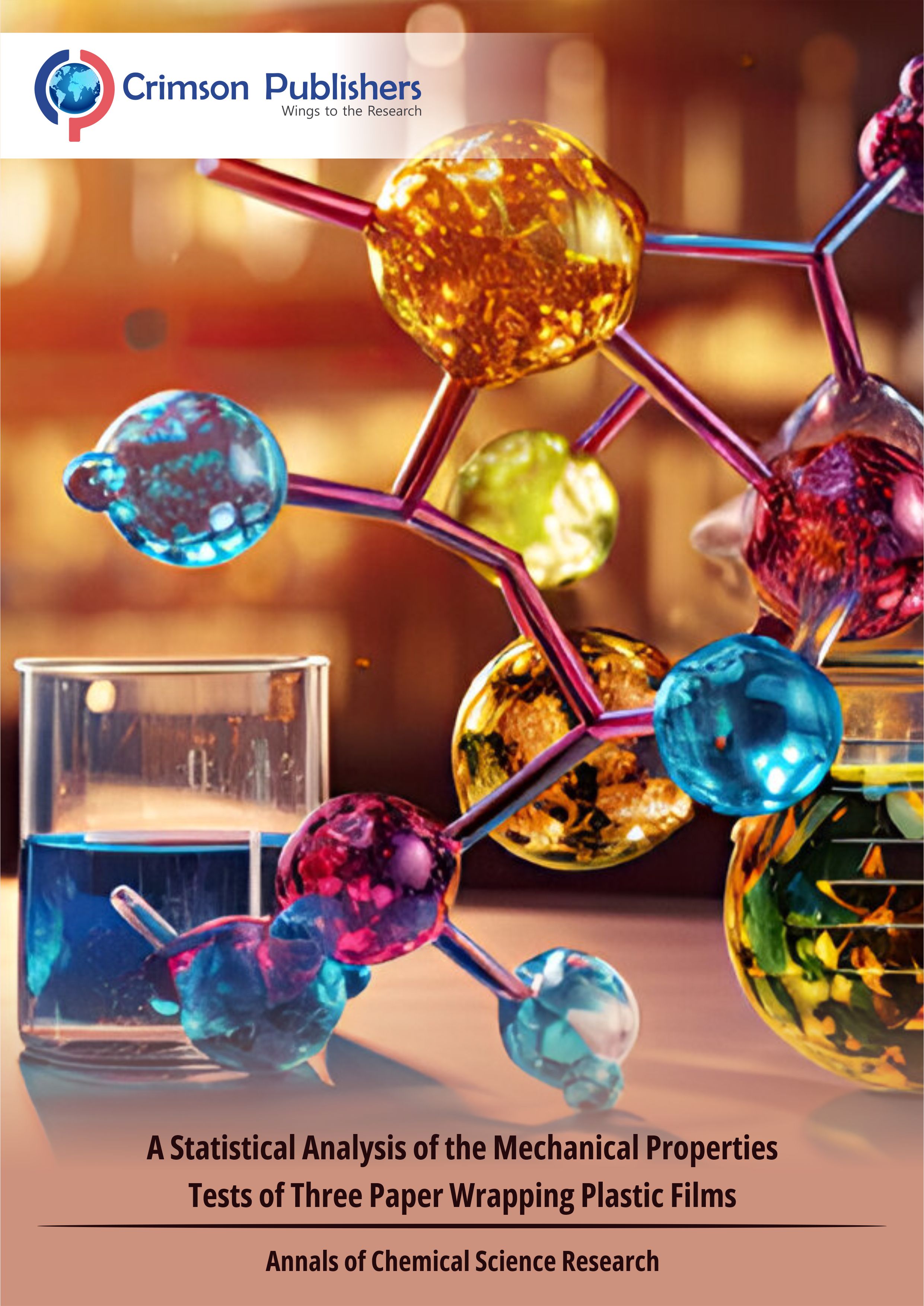









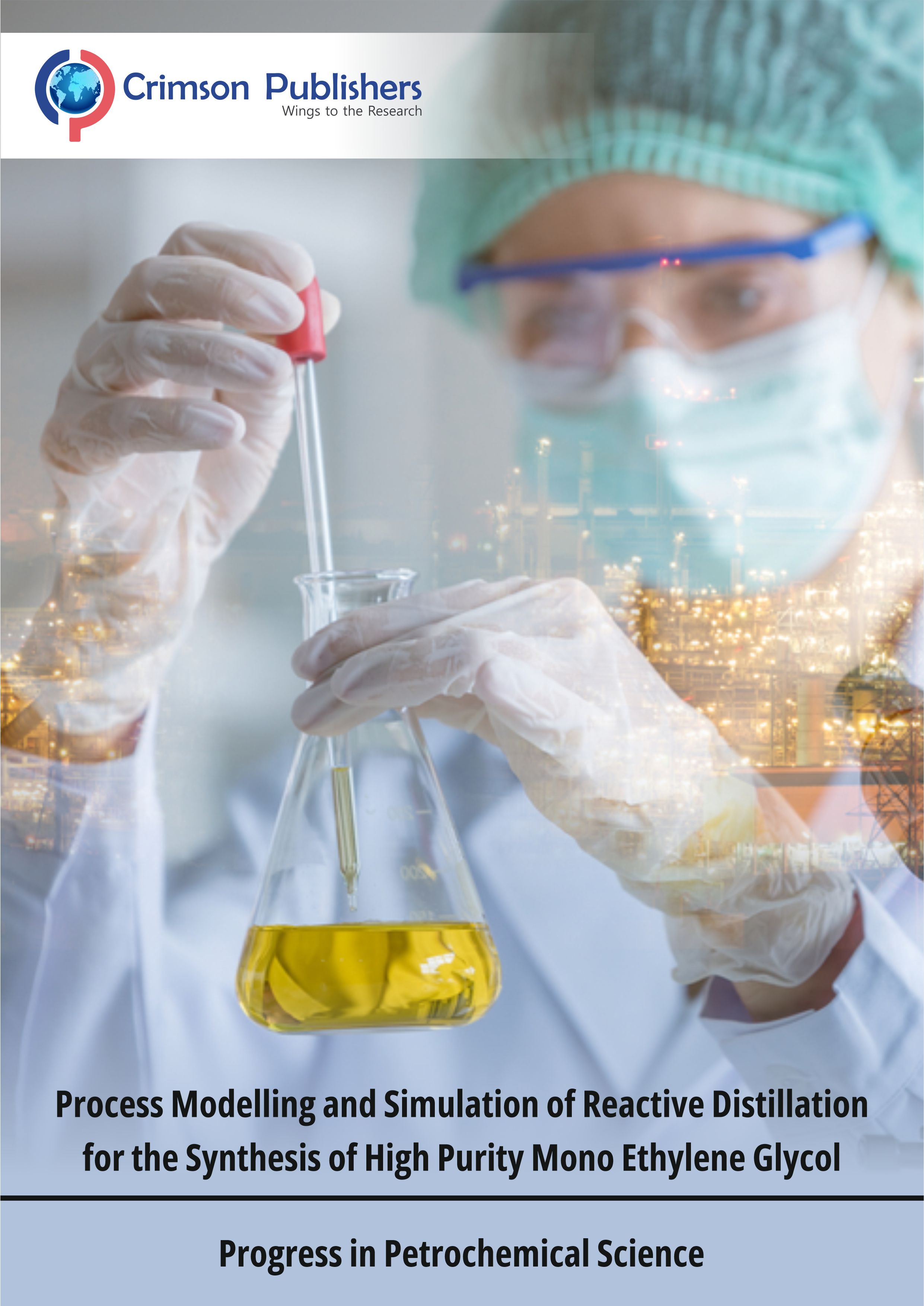

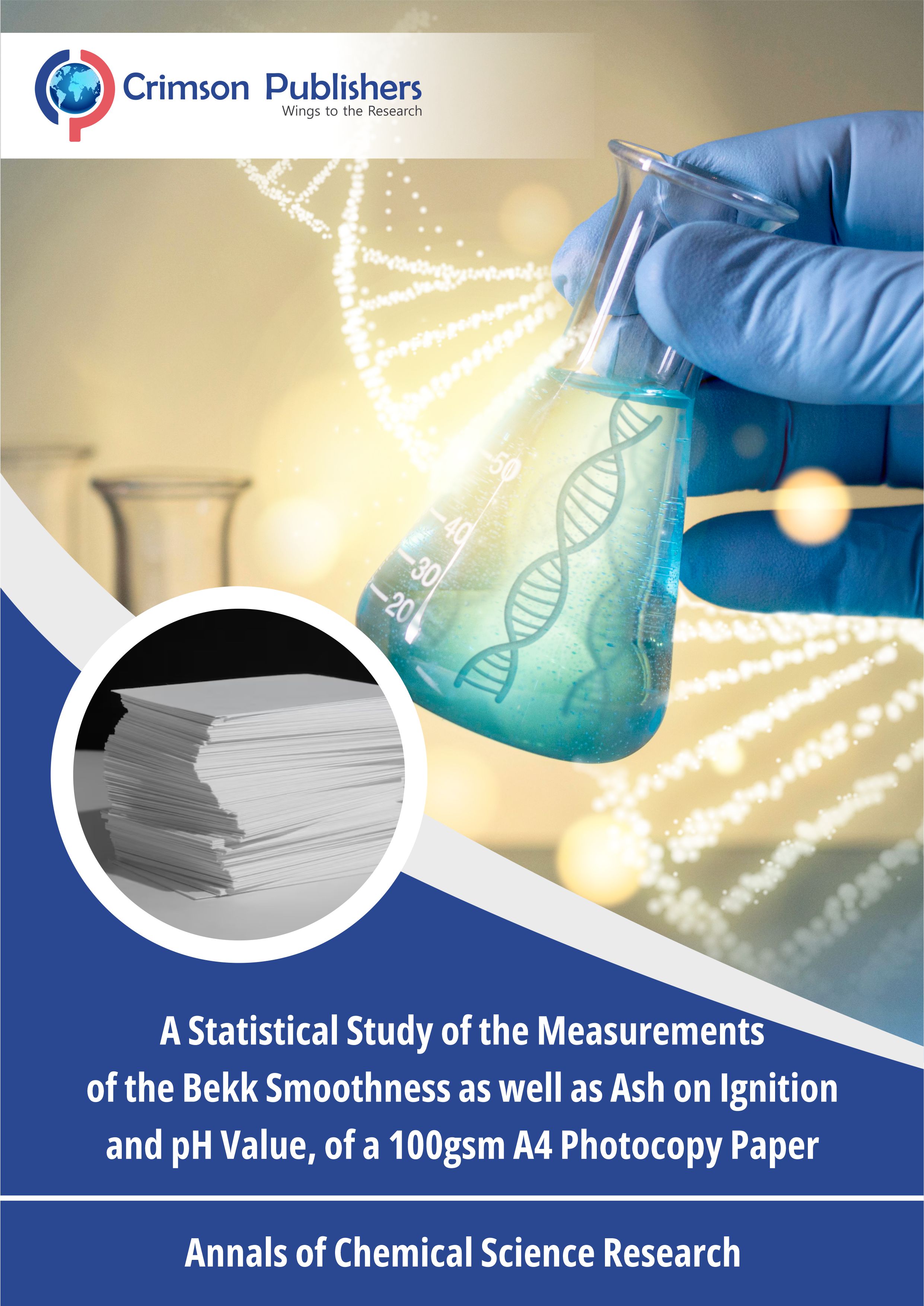

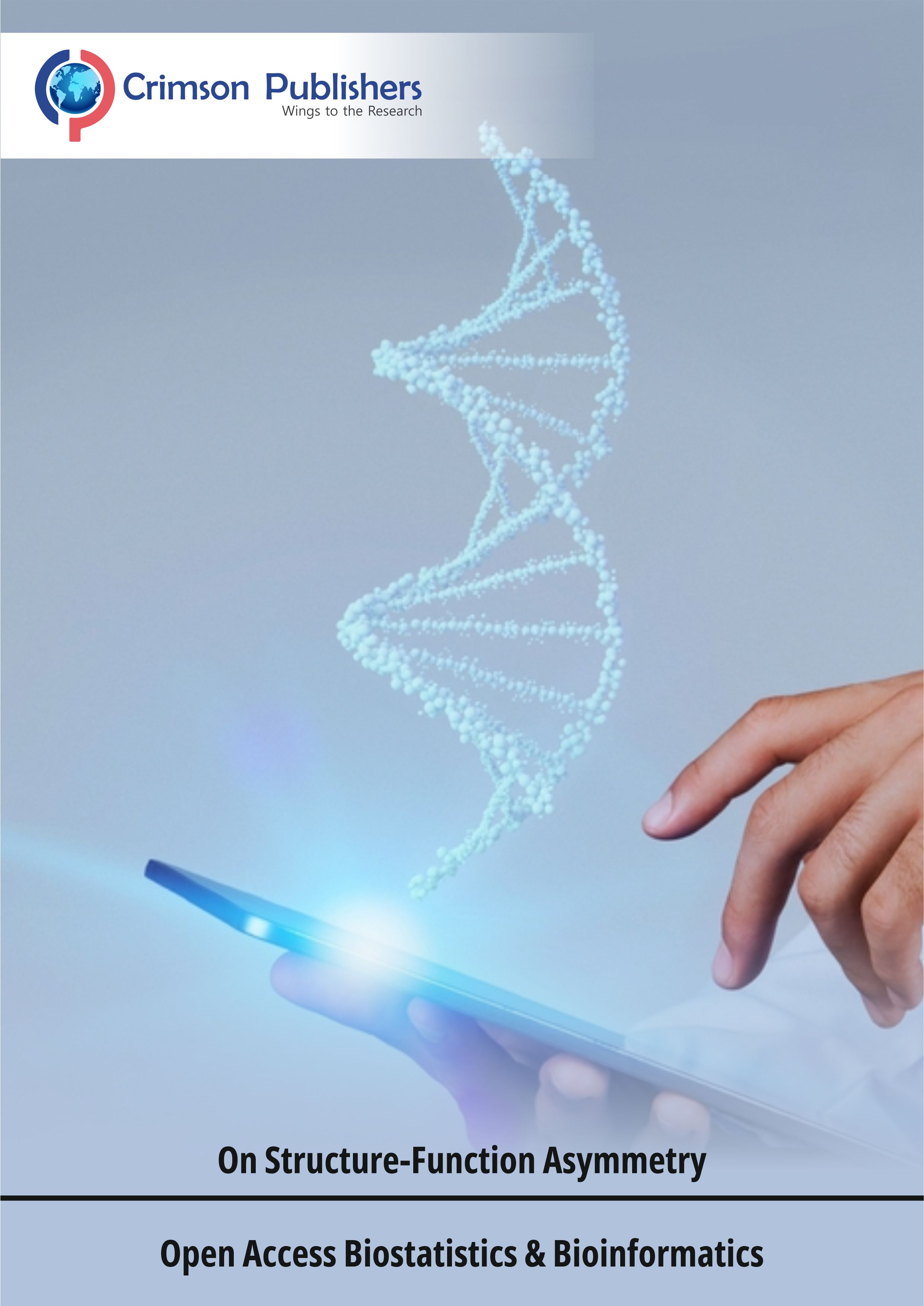


.jpg)



.jpg)
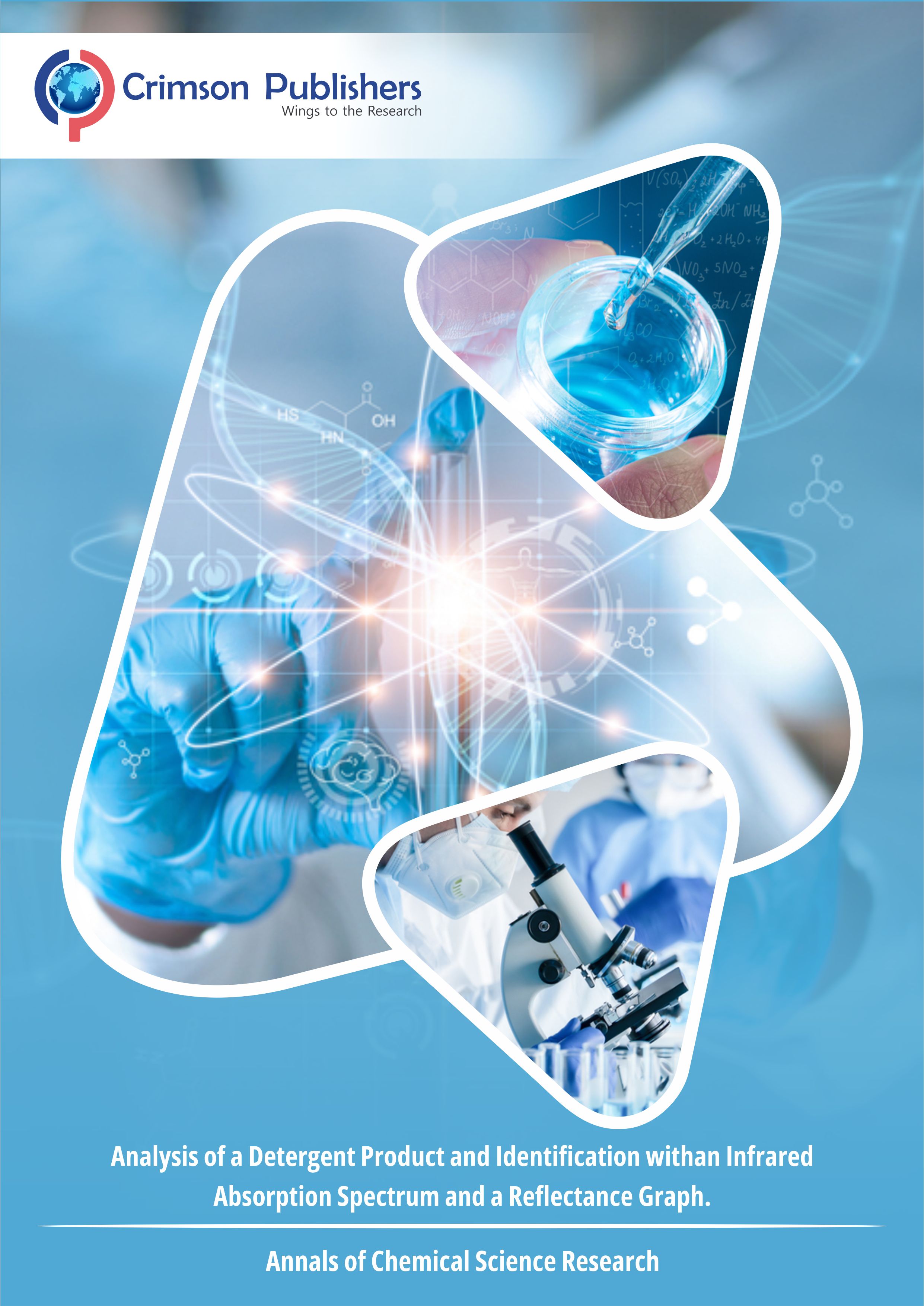
.jpg)
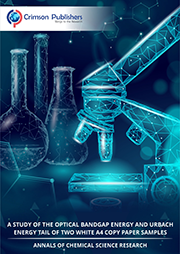
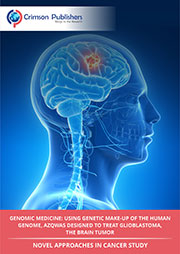



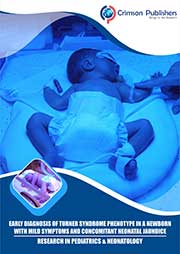
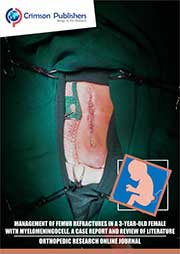
.jpg)
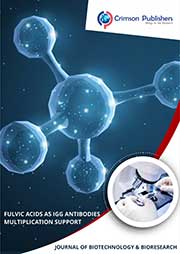
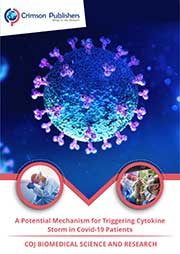
.jpg)
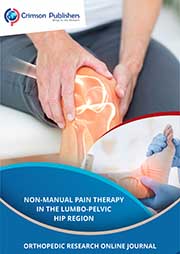



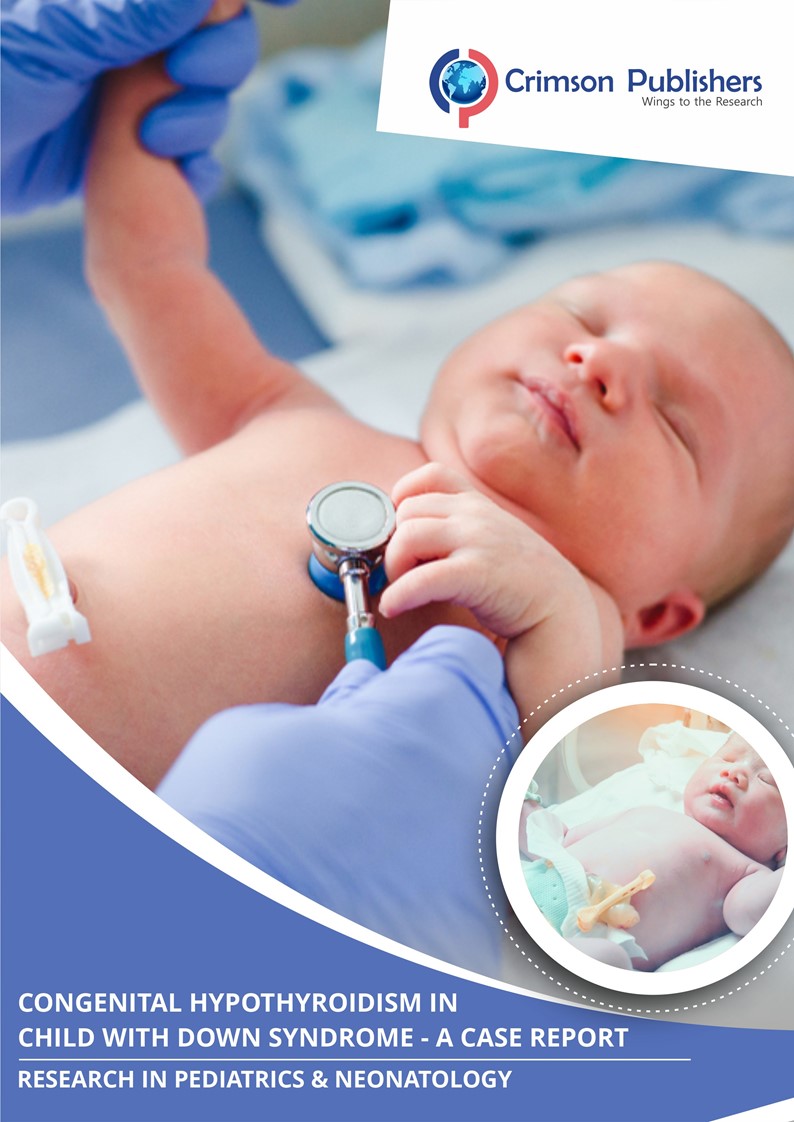

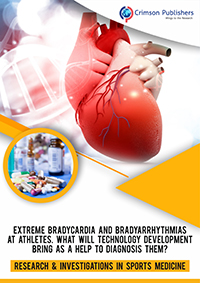






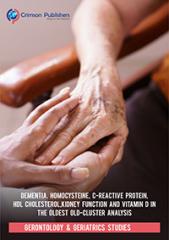
.jpg)






